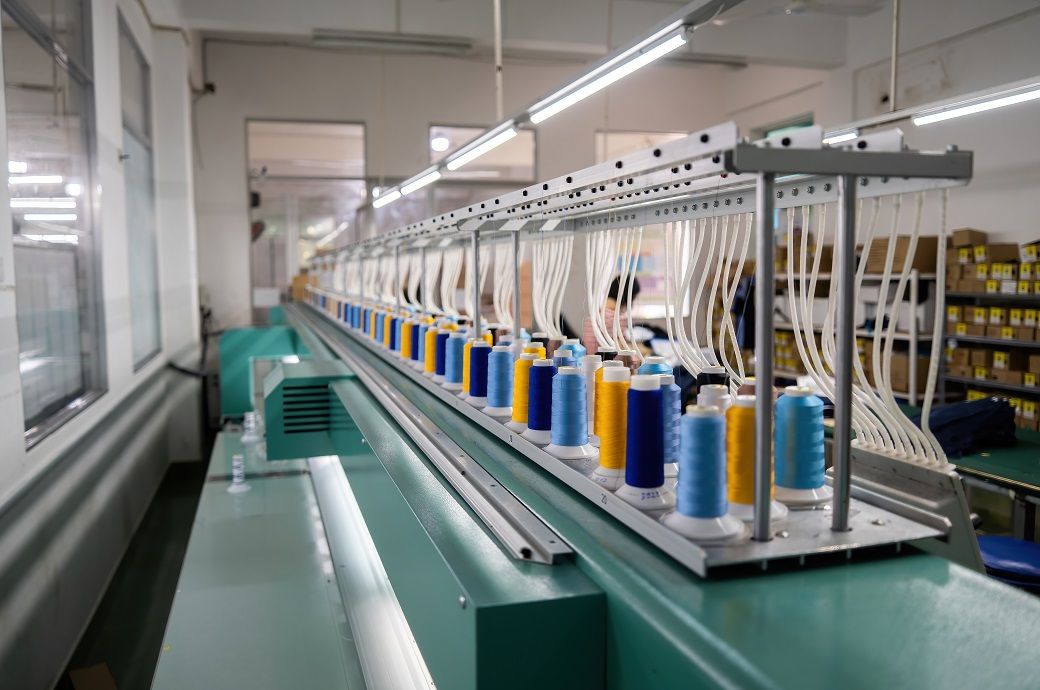
Sluggish demand was also linked to increased price discounting.
However, trends varied around the world, ranging from strong expansions in India, Thailand and some eurozone economies to especially sharp downturns in Taiwan, Russia, Brazil and the United Kingdom.
“At least some of the variations in recent performances can be linked to US tariffs, which have likely buoyed US production and exports to the US temporarily. We anticipate some payback from these gains as we head towards the end of the year,” wrote Chris Williamson, chief business economist at S&P GMI on the company website.
The J.P. Morgan global manufacturing purchasing managers’ index (PMI) registered 50.8 in September from 50.9 in August. Although dipping slightly at the end of the third quarter, the past two months have seen the highest back-to-back PMI readings since June 2024 to indicate one of the best spells for the sector since the pandemic, Williamson noted.
Global production rose for the third time in the past four months, buoyed by a further modest increase in new orders. However, the overall pace of production growth remains relatively lacklustre, and the upturn in demand was insufficient to drive global factory staffing levels higher, he observed.
Therefore, employment dropped marginally in September amid a further fall in global backlogs of work, the latter having now fallen for 39 successive months to indicate the persistence of excess capacity relative to demand.
Price pressures, meanwhile, moderated globally as more discounting was evident. Average prices charged for goods at the factory gate rose globally at the slowest rate since January.
Of the 33 countries for which PMI data are available, output rose in only 14, but fell in the rest.
Global factory growth continued to be led by India, but an especially solid production gain was seen in Thailand, where output showed its largest monthly increase since May 2023.
Alongside a further robust increase in Vietnam, Thailand's performance helped drive another strong overall ASEAN output rise, a region which in recent months has reported its best output growth since early 2024.
ASEAN goods exports rose, albeit only marginally, for the first time since May 2022.
The Netherlands and Germany also reported notably strong gains, with growth hitting 16- and 42-month highs respectively to help lift overall eurozone factory output for a seventh successive month.
However, reduced output gains in Spain and Ireland, alongside falling output in France, and to a lesser extent Italy, meant overall eurozone output growth weakened to remain stubbornly modest.
A steep fall in UK output was noted, as factory production fell for an eleventh successive month, and at the sharpest pace in six months. The United Kingdom also reported the steepest drop in goods exports of all countries tracked by the PMI in September.
Russia, Brazil and Taiwan all reported even sharper production falls than the United Kingdom in September. Recent months have seen output fall in Tawain and Brazil at some of the sharpest rates seen over the past two years, while Russia's decline in recent months has been the strongest for over three years.
Production trends also deteriorated across North America in September, with US output rising at a reduced rate alongside accelerating rates of decline in both Canada and Mexico.
Production in China, meanwhile, rose at its fastest rate since June, notching up the second-best performance recorded over the year to date thanks to a return to growth for exports, S&P GMI observed.
In contrast, Japan's exports fell, dragging output down for a third straight month and at a steeper rate than August.
ALCHEMPro News Desk (DS)
Receive daily prices and market insights straight to your inbox. Subscribe to AlchemPro Weekly!